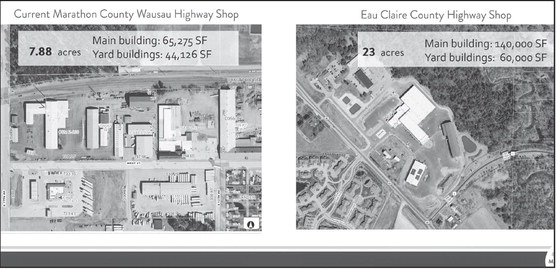Edgar increases sewer rates, closes $9.1M loan
By Kevin O’Brien
Edgar trustees have officially approved a 30 percent increase in sewer rates for both village residents and outside waste haulers who want to dump their sewage at the village’s newly updated treatment facilities.
At a special March 18 meeting, the four board members in attendance voted unanimously to approve a new base charge of $85.80 per quarter and a consumption charge of $9.75 per thousand gallons of water used. As a result, an average household using 7,984 gallons of water per quarter will see the sewer portion of their quarterly utility bill increase from $125.88 to $163.64 as of the July 1 billing.
Village administrator Jennifer Lopez acknowledged that the rate hike will have a significant impact on residents, but a 30 percent increase in revenue is needed to pay back a 40-year loan from the USDA’s Rural Development program for a major overhaul of the village’s wastewater plant.
“Our only goal is to be able to pay back our loan,” she said.
Lopez noted that the village’s total water consumption decreased last year and it may go down again this year because newer water meters are making residents more aware of their usage, especially when there are leaks.
“We get an alert anytime somebody’s meter is running more than four gallons per hour for 24 hours or more,” she said. “That’s the default, and then we just make sure we make contact with them.”
A comparison of Edgar’s new sewer rates to other municipalities in the area shows the village toward the top of a list of 13 cities and villages, but it will still charge less than Marathon City and Dorchester.
Trustee Jon Streit noted that municipalities with lower rates will likely have to raise them in the future as they inevitably have to upgrade their treatment facilities.
“That’s the way of the world,” he said.
Village residents and businesses won’t be the only ones paying more for sewer treatment in Edgar. The board also voted to increase waste hauler fees by 30 percent. The village will also start accepting septic tank waste for the first time, at $80 per thousand gallons, creating a new revenue stream for the utility.
“It is something that will be potent, but that is what our plant is going to need,” Lopez said, noting it will actually help with phosphorus reduction. “The high-strength waste is something that works well in this plant.”
After approving new rates that will take effect as of April 1, the board authorized the issuance of $9.1 million in sewage system revenue bonds, which will create a new annual loan payment of about $350,000, according to budget documents. As part of the loanclosing process, the board also had to approve a $27,500 letter of engagement with financial advisors Quarles & Brady, with the money coming out of the USDA’s funding package.
In addition to the $9.1 million in loans, the USDA is also providing $2.5 million in grants.
The board also approved 2025 budgets for the water and sewer utilities. The sewer utility is projected to take in $664,100 in revenue this year, an overall increase of about $99,000 over last year.
Lopez noted that the water utility is doing fine for now, but after water main replacements on streets such as Wisconsin Avenue, the village will likely have to consider raising those rates in 2026.
In other business, the board renewed an agricultural land lease with Tom Szymanski, who will pay the village $900 per year for the next three years to farm 12 acres of land south of East Chesak Avenue. The total rent was reduced by $100 after Syzmanski stopped farming four acres north of Willow Street.



